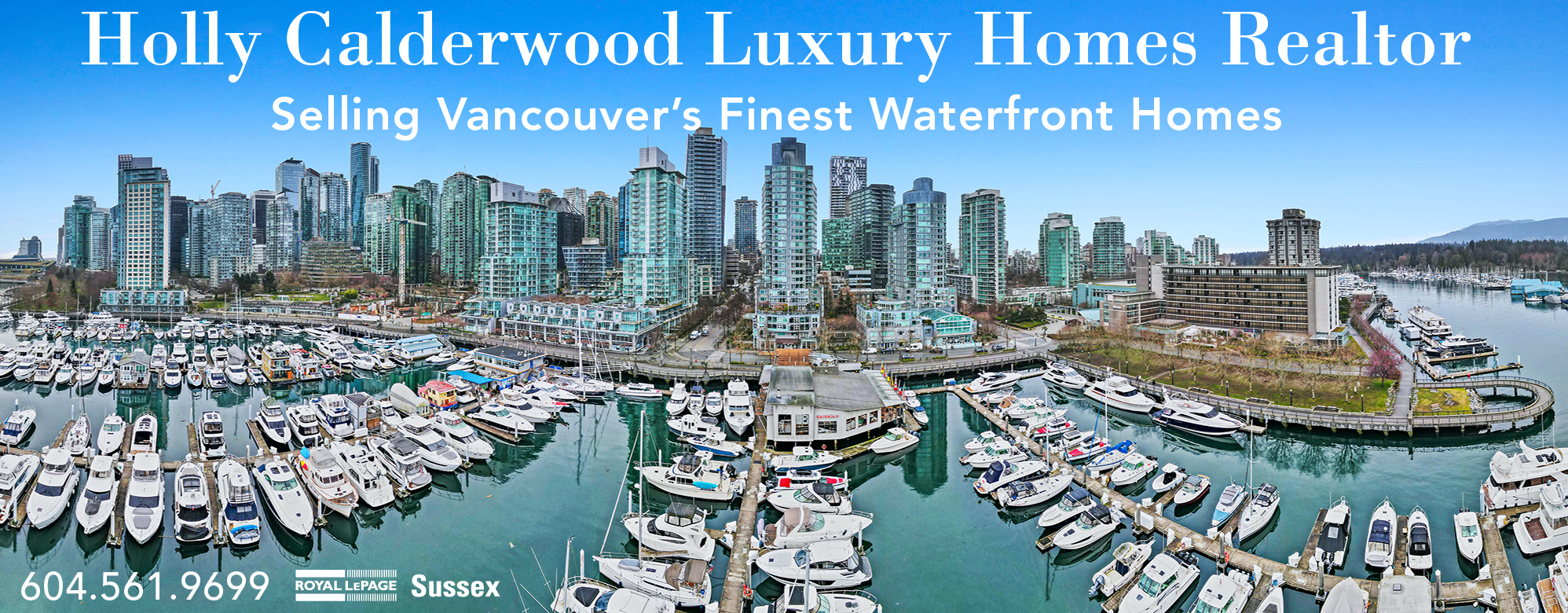About Coal Harbour
|
1. Top Restaurants in Coal Harbour
|
|
2. A Guide of things to do in Coal Harbour. |
|
3. History Following is a short overview of Coal Harbour's history. In 1792 George Vancouver arrived in what is now Vancouver on his ship HMS Discovery and named the Burrard Inlet after a former navy shipmate. At that time the area near the inlet was inhabited by the Squamish and the Musqueam who used parts of Stanley Park as their burial grounds. In 1859 Colonel Moody of the Royal Engineers discovered coal in the harbour at the bottom of Bute Street which inspired the name Coal Harbour. There was only minor exploration of the low grade coal. From Deadman's Island (a former burial site) off the Brockton Peninsula in Stanley Park - the site of the naval station/museum HMCS Discovery Naval Reserve - the harbour opens up to the Burrard Inlet. In 1862 Vancouver's first Settlers arrived and made their home in the eastern part of the present Coal Harbour area. In 1884 Coal Harbour became the offical terminus for the Canadian Pacific Railway and a town named Vancouver was established. The town expanded rapidly, was destroyed by fire in 1886 and rebuilt. The first elected mayor David Oppenheimer persuaded the central government to set aside 1,000 acres as public park which is now known as Stanley Park. It was opened in 1888 and is named after Lord Stanley who Governor General of Canada at the time. In 1894 the Nine O'clock Gun was installed in Stanley Park and to this day is sett off at 9PM every evening. The custom was initiated to help ship captains in the harbour sunchronize their chronometers every evening. The Coal Harbour water front became a commercial area with saw mills and warehouses. From 1911 onwards shipping piers were built in Coal Harbour. In 1929 the well known Marine building was built and Bill Boeing built a seaplane and boat factory in Coal Harbour. During the 2nd world war the area was dominated by munitions factories and ship yards. The docks were destroyed by fires in 1951 and 1952 and the industries were removed in the 60's and 70's. Coal Harbour is still home to a float plane terminal and a floating gas station for yachts and boats. The Westin Bayshore hotel was built in 1961. Canada Place is a landmark in Coal Harbour which was built for Expo 1986 and has a five sails roof line. It is a cruise ship terminal and amongst others houses a hotel and a convention centre. A new convention centre is under construction just west of Canada Place and is built on reclaimed land north of the Shaw Tower. From the 1990's onwards Coal Harbour became a residential area. Today Coal Harbour is Vancouver's premier water front community with upmarket condo buildings, shops, restaurants, a marina and the "Seawall", a water front promenade that will soon encircle the whole peninsula that is the centre of Vancouver. |




